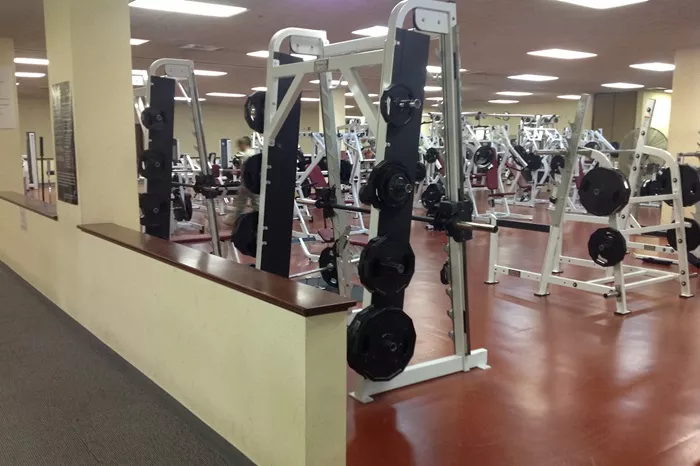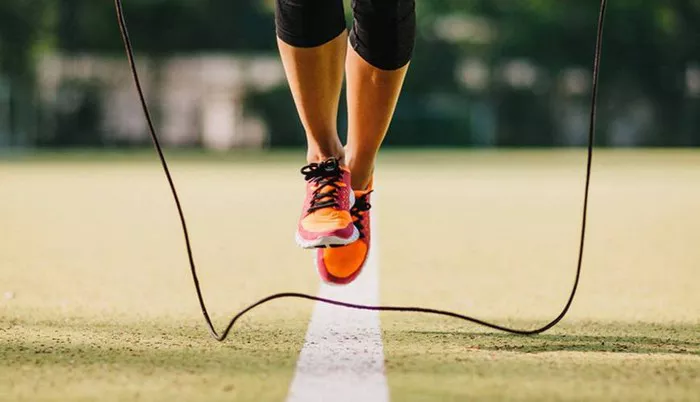Rowing is one of the most effective full-body workouts that targets a variety of muscle groups while providing cardiovascular benefits. It is a low-impact activity that engages your upper body, core, and legs, making it an excellent choice for improving strength, endurance, and overall fitness. Among the various types of rowing machines available, the Life Fitness water rowing machine has gained popularity for its smooth resistance mechanism and realistic rowing experience. In this article, we will provide a comprehensive guide on how to use the Life Fitness water rowing machine. From setup to proper technique, we’ll cover all the key points to help you get the most out of your workout.
What Is the Life Fitness Water Rowing Machine?
Before diving into the usage and techniques, it’s important to understand what makes the Life Fitness water rowing machine unique. This machine uses water resistance, simulating the natural feel of rowing on water. The machine is equipped with a water tank that holds water and has paddles inside. As you row, the paddles inside the tank create resistance, which increases as you row harder or faster. The harder you pull, the more resistance you feel, creating a dynamic and customizable workout experience.
The Life Fitness water rowing machine is designed to provide a full-body workout by engaging multiple muscle groups simultaneously. This machine is often found in gyms, fitness centers, and home workout spaces due to its durability, quiet operation, and realistic feel.
Setting Up the Life Fitness Water Rowing Machine
Getting your Life Fitness water rowing machine ready for use is a straightforward process. While it doesn’t require much effort, setting up the machine properly ensures a smooth and effective workout. Here are the steps to follow:
1. Check the Water Tank Level
The first thing you should do before using the machine is to check the water tank. The Life Fitness water rowing machine operates with water resistance, so it’s essential to ensure that the water level is sufficient. If the water level is too low, the resistance will be less effective, making your workout easier. If the water level is too high, it can increase the resistance and make your workout more challenging.
For optimal performance, the water level should be within the indicated range on the tank. Typically, the water should reach the “max” line or the recommended level indicated by the manufacturer. If needed, use the provided water pump or hose to adjust the water level.
2. Adjust the Foot Straps
Next, adjust the foot straps on the footrests. The footrests should fit comfortably around your feet to ensure that your feet stay secure during the rowing motion. The Life Fitness water rowing machine typically has adjustable footrests, which can be moved forward or backward to accommodate your shoe size. After positioning the footrests, tighten the straps to secure your feet in place. Proper foot positioning ensures that you can row effectively and avoid injury.
3. Set Your Resistance Level
The resistance on a water rowing machine is determined by the amount of water in the tank. The more water, the higher the resistance. Some models may have a knob or dial that allows you to adjust the water resistance. While you cannot directly control the resistance on this machine through mechanical settings, you can adjust your workout intensity by altering your rowing speed and force. As you row faster or harder, the resistance increases naturally, providing you with a dynamic workout.
4. Adjust the Seat and Handle
Make sure that the seat is properly positioned for your height. The seat should allow you to reach the footrests comfortably while maintaining a good posture. You should be able to slide back and forth smoothly without feeling cramped or overextended. The handle should also be at a comfortable height and distance from your body. It is important to grip the handle firmly without straining your wrists. Keep your arms relaxed and avoid any tension in your shoulders.
Proper Rowing Technique
Now that your machine is set up, it’s time to focus on the most important aspect of rowing: technique. Proper technique is essential not only to get the most effective workout but also to prevent injury. Incorrect form can strain your back, knees, or wrists, so it’s crucial to follow the right movement pattern. Below is a step-by-step guide on how to row correctly on the Life Fitness water rowing machine.
1. The Starting Position
Start by sitting on the seat with your feet securely strapped into the footrests. Your knees should be slightly bent, and your shins should be vertical. Grip the handle with both hands, ensuring that your arms are extended fully in front of you. Your body should be slightly leaned forward at the hips, with your back straight. Engage your core to maintain a solid foundation, and avoid rounding your back during the rowing motion.
Your posture should resemble the position you would assume if you were rowing in a boat. Ensure that your arms are relaxed and your wrists are straight.
2. The Drive Phase
The drive phase is the part of the rowing stroke where you push with your legs to generate power. This phase is the most powerful part of the rowing movement, and it is essential to initiate it with your legs.
To begin, push through your heels and extend your legs fully. As your legs straighten, begin to lean back slightly from your hips (not your lower back) and pull the handle towards your body. Your arms should follow, and your elbows should draw back past your torso. Keep your elbows close to your body as you pull the handle.
At the end of the drive phase, you should be sitting upright, with your legs fully extended and the handle pulled towards your lower ribs. Your body should form a slight lean back, but avoid overextending your lower back.
3. The Recovery Phase
The recovery phase is when you return to the starting position. The key to an effective recovery is to reverse the order of the movements you made during the drive phase. Start by extending your arms fully, then lean forward from your hips (again, not your lower back). As you begin to bend your knees, allow the seat to glide towards the front of the machine.
The recovery phase should be slow and controlled, with a focus on smooth and fluid movement. Remember to keep your core engaged and maintain good posture throughout.
4. Maintain a Consistent Rhythm
Rowing should be done in a rhythmic, fluid motion. Avoid jerky movements or rushing through the strokes. A consistent rhythm helps maintain a steady pace and ensures that you are working all muscle groups evenly. Focus on breathing steadily, inhaling as you prepare for the drive phase and exhaling as you push through.
Common Mistakes to Avoid
Even though the Life Fitness water rowing machine is designed to simulate real rowing, it’s easy to fall into bad habits. Here are some common mistakes to avoid when using the rowing machine:
1. Rounding Your Back
One of the most common mistakes in rowing is rounding the back during the drive phase. This can lead to unnecessary strain on your spine and increase the risk of injury. Always maintain a straight back and use your hips to initiate the movement.
2. Overextending the Legs
While it’s important to extend your legs during the drive phase, overextending them can put undue pressure on your knees and lower back. Be sure to fully extend your legs without locking your knees, and maintain control throughout the stroke.
3. Using Only Your Arms
Rowing is a full-body exercise, and relying solely on your arms can lead to inefficient workouts and possible strain on your upper body. Focus on driving the movement with your legs and core, and use your arms to pull the handle toward your body, not as the primary source of power.
4. Shortening the Recovery Phase
The recovery phase is just as important as the drive phase. Rushing through it can cause you to lose momentum and decrease the effectiveness of your workout. Take your time during the recovery phase, maintaining a steady pace.
Monitoring Your Progress
Many Life Fitness water rowing machines come with a built-in console that tracks key metrics such as distance, time, strokes per minute (SPM), and calories burned. Monitoring these metrics allows you to track your progress and adjust your workout intensity as needed.
To get the most out of your rowing sessions, aim to gradually increase your intensity or duration over time. For example, start with shorter sessions at a moderate intensity and work up to longer sessions or higher resistance.
Conclusion
The Life Fitness water rowing machine is a fantastic tool for anyone looking to improve their cardiovascular health, build muscle, and burn calories. By following the proper setup, technique, and avoiding common mistakes, you can enjoy a safe and effective workout on this machine. Always focus on maintaining good posture and engaging the proper muscles throughout the rowing motion. Remember, consistency is key, and with practice, you will be able to master the Life Fitness water rowing machine and reach your fitness goals.
Related Topics































